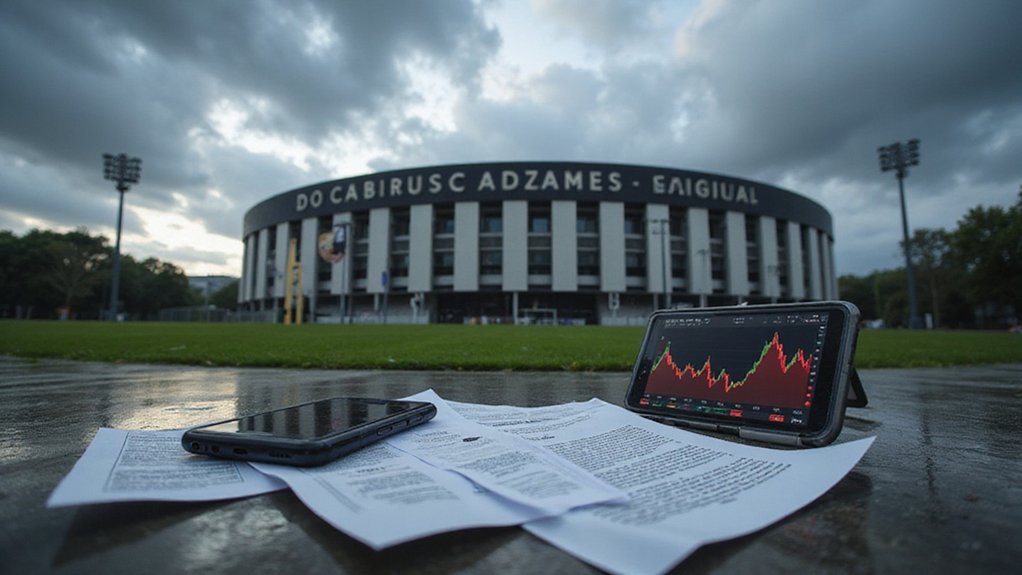The peculiar ballet of modern finance has produced an unlikely pas de deux between cryptocurrency‘s most dominant force and European football’s most storied franchise, as Tether—flush with $1 billion in quarterly operating profits and commanding a staggering $149 billion market capitalization—circles the financially beleaguered Juventus like a well-capitalized vulture eyeing distressed prey.
Tether’s courtship of Juventus represents more than opportunistic investment; it signals the stablecoin issuer’s ambitions to transcend its digital origins and establish terrestrial influence in traditional markets. With $5.6 billion in excess reserves and nearly $120 billion anchored in U.S. Treasury bonds, Tether possesses the financial firepower to reshape struggling institutions—a capability that Juventus’ precarious balance sheet makes particularly relevant.
The timing proves exquisite for Tether’s strategic expansion. While the company minted a record-breaking $1 billion USDT on Tron blockchain in a single day this May (pushing Tron’s supply beyond $75 billion and surpassing Ethereum), Juventus grapples with the sort of financial complexities that make crypto benefactors appear increasingly attractive. The company’s diversification efforts include launching QVAC, a decentralized AI platform designed for privacy applications.
The convergence of Tether’s liquidity abundance and Juventus’ fiscal constraints creates a natural gravitational pull between digital wealth and sporting heritage. This potential alliance illustrates crypto’s maturing influence beyond speculative trading into tangible asset acquisition.
Tether’s $98.5 billion in direct Treasury holdings provides stability that traditional sports financing often lacks, while its 46 million new user wallets in Q1 2025 demonstrate the platform’s expanding reach—precisely the demographic diversification that struggling football clubs desperately need. The broader stablecoin market has surged to approximately $228-$251 billion in 2025, with Tether and Circle’s USDC commanding about 89% of this expanding sector.
The broader implications extend beyond individual corporate maneuvering. European regulators already express concern about Tether’s overwhelming market dominance, and the company’s foray into sports finance could intensify scrutiny while simultaneously legitimizing cryptocurrency’s role in traditional sectors.
Whether Juventus proves receptive to Tether’s advances remains unclear, but the crypto giant’s pursuit reflects a calculated strategy to leverage financial strength for cultural and strategic influence.
Ultimately, this courtship embodies the intersection of new money’s aggressive expansion and old institutions’ pragmatic adaptation—a relationship that may define the next chapter of both digital finance and European football economics.









